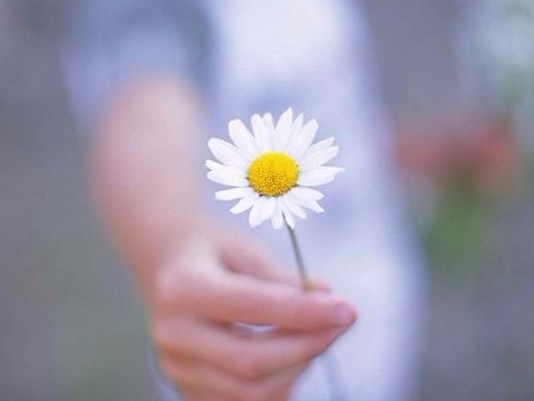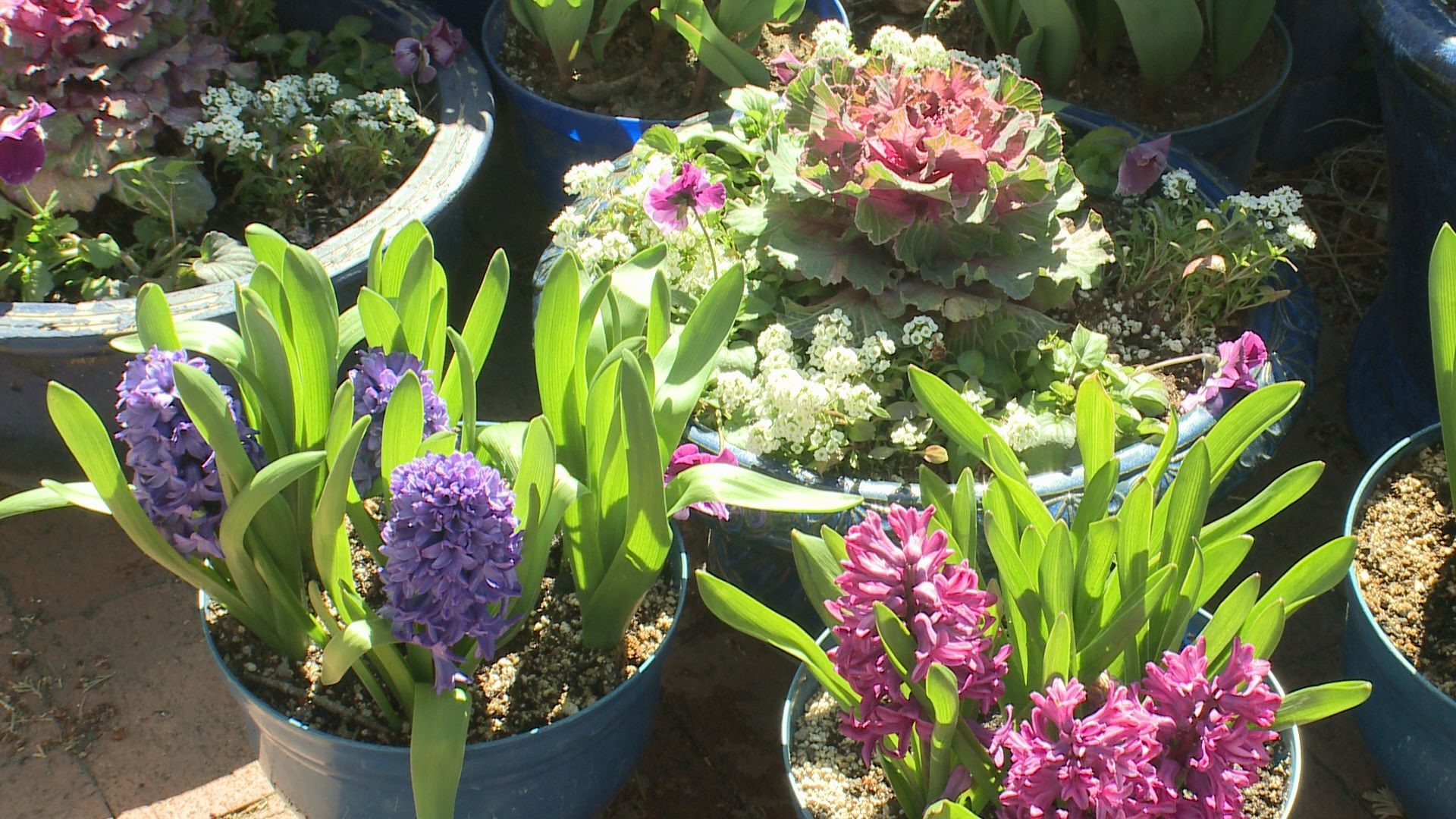Ask a child to draw a flower, and he or she will likely draw a circle with petals around it--a daisy. It's nature's go-to design. There are more members of the daisy family--the composites--than any other plant family.
A daisy is composed of a central disc or cone surrounded by ray florets that we call petals. In more complicated double and triple forms, the central disc gets buried by myriad petals but it's still a daisy.
The dahlia is a good example of a daisy that can show the typical single daisy structure, or can show the results of hybridization in huge double forms. Dahlias are at their best from midsummer through fall. They combine beautifully with other daisies such as cosmos and sunflowers. After frost, remember to dig, store and save the tubers for next year.
Marigolds are one of the easiest and hard-working daisies. They serve as protectors in the vegetable garden since most insects--except bees--dislike their scent. Marigolds will self sow. Sometimes their offspring will be uniform and similar to the parents but that doesn't always happen.
Bees are nature's primary hybridizers. If you plant sunflower varieties with maroon or brownish-red flowers, the bees will often cross them with plain yellow sunflowers growing nearby. You'll never know what color new plants will be each year and that's the fun of it. Sunflower seeds are a magnet for finches, so don't get too tidy about deadheading the flowers after they fade. Let them go to seed.
There are also perennial forms of sunflowers that come back year after year. The variety 'Lemon Queen,' with its pale yellow flowers is especially striking.
In the past few weeks, my perennial borders have taken on a golden glow. This is thanks to two species of Rudbeckia. Rudbeckia laciniata 'Herbstonne' towers above most other flowers at more than six feet tall and has bright gold flowers with a prominent cone. Rudbeckia triloba is shorter by half and produces many, many golden daisies with black centers that look a bit like bumblebees, hence the common name bumblebee daisy. This is biennial plant, meaning that it has a two-year life cycle. The first season it produces a short, barely noticeable rosette of leaves. The second year it sends up a flowering stalk in mid to late summer.
I have dozens and dozens of bumblebee daisies throughout my garden. It's amazing that this all started with a single packet of seed about 15 years ago.
The fall garden is a real showcase for the daisy clan. So many are at their best, such as zinnias, sunflowers, rudbeckias and cosmos, while others such as asters, mums and goldenrods are just beginning their displays. Where would our gardens be without them?


